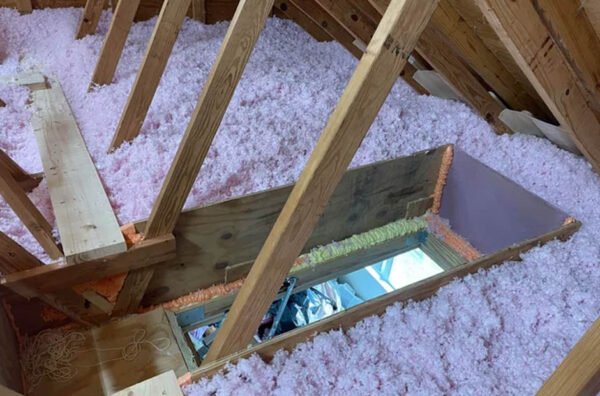In the world of commercial construction and landscape architecture, retaining features play a pivotal role in shaping, protecting, and enhancing the environment. These structures are not only functional but also contribute significantly to the aesthetic and structural integrity of commercial properties. In this detailed exploration, we’ll dive into the functionality and design elements of commercial retaining features, offering insights into how they can be effectively integrated into various spaces.
Table of Contents
Understanding the Role of Retaining Features
Retaining features, commonly found in the form of walls or terraces, serve a primary purpose: they hold back soil or rock from a building, structure, or area to prevent erosion and provide support to vertical or near-vertical grade changes. In commercial settings, these features are essential for managing the landscape and making effective use of the available space.
Key Functions and Types of Commercial Retaining Walls
Commercial retaining walls are designed to fulfill several critical functions. They effectively combat gravity, preventing the downward movement of soil and supporting vertical or sloping terrains. The choice of a retaining wall system depends on various factors including the height of the wall, the type and condition of the soil, the climate, and aesthetic considerations.
Gravity Walls
Gravity walls rely on their weight to retain the soil and are typically constructed from heavy materials like stone, concrete, or brick. They are best suited for shorter landscapes where the pressure from the retained soil is less intense.
Cantilevered Walls
Designed for greater heights, cantilevered walls use reinforced concrete or steel to resist the pressure from the retained soil. Their structure includes a base slab and a thin stem that uses leverage to provide stability.
Sheet Piling Walls
Used primarily in soft soil areas or where space is limited, sheet piling walls are made from steel, vinyl, or wood planks driven into the soil. This type is ideal for temporary or permanent solutions in waterfront properties or construction sites.
Anchored Walls
Anchored walls offer additional support through cables or other stays anchored in the rock or soil behind them. They are perfect for high walls and thin materials where extra support is necessary.
Design Considerations for Aesthetic and Function
The design of retaining features should blend functionality with aesthetics, especially in commercial settings where the appearance can influence public perception and property value.
Material Choices
The choice of material can dramatically affect both the look and the lifespan of a retaining wall. Natural stone and brick provide a classic, durable look, while modern concrete blocks and poured concrete offer more versatility in terms of finishes and colors.
Incorporating Green Spaces
Integrating plant life into or around retaining features can enhance their visual appeal and contribute to environmental sustainability. Terraced gardens or vines can add a touch of greenery, helping the structure blend with its natural surroundings.
Ensuring Durability
Durability is a crucial consideration in commercial applications. Materials should be selected not only for their aesthetic qualities but also for their ability to withstand local weather conditions and the mechanical forces exerted by the retained soil.
The Impact of Retaining Features on Commercial Property
Retaining features can significantly impact the functionality and value of a commercial property. By converting steep, unusable areas into flat, functional spaces, these structures can enhance the usability of property, thereby increasing its market value.
Expanding Usable Space
Commercial properties often face the challenge of limited space. By stabilizing sloped areas, retaining walls create more usable land for parking, structures, or recreational purposes.
Enhancing Safety
Safety is paramount in commercial settings. Retaining features help stabilize the terrain, prevent landslides, and protect structures and people from the dangers of eroding soils.
Visual Appeal
A well-designed retaining feature can serve as a focal point or complement the existing architecture of a commercial property. It can transform an ordinary space into a striking visual landscape, making it more attractive to clients and visitors.
Final Thoughts
The construction of commercial retaining features is an art that combines engineering with aesthetics. By understanding the variety of types and materials available and integrating these elements into the landscape, developers and architects can enhance both the function and the beauty of commercial properties.
Retaining walls and other structural features are not just necessary for the practical aspects of terrain management—they also play a significant role in defining the visual and functional landscape of commercial developments. As such, they require thoughtful planning, design, and execution to ensure they meet both their practical functions and aesthetic goals.





